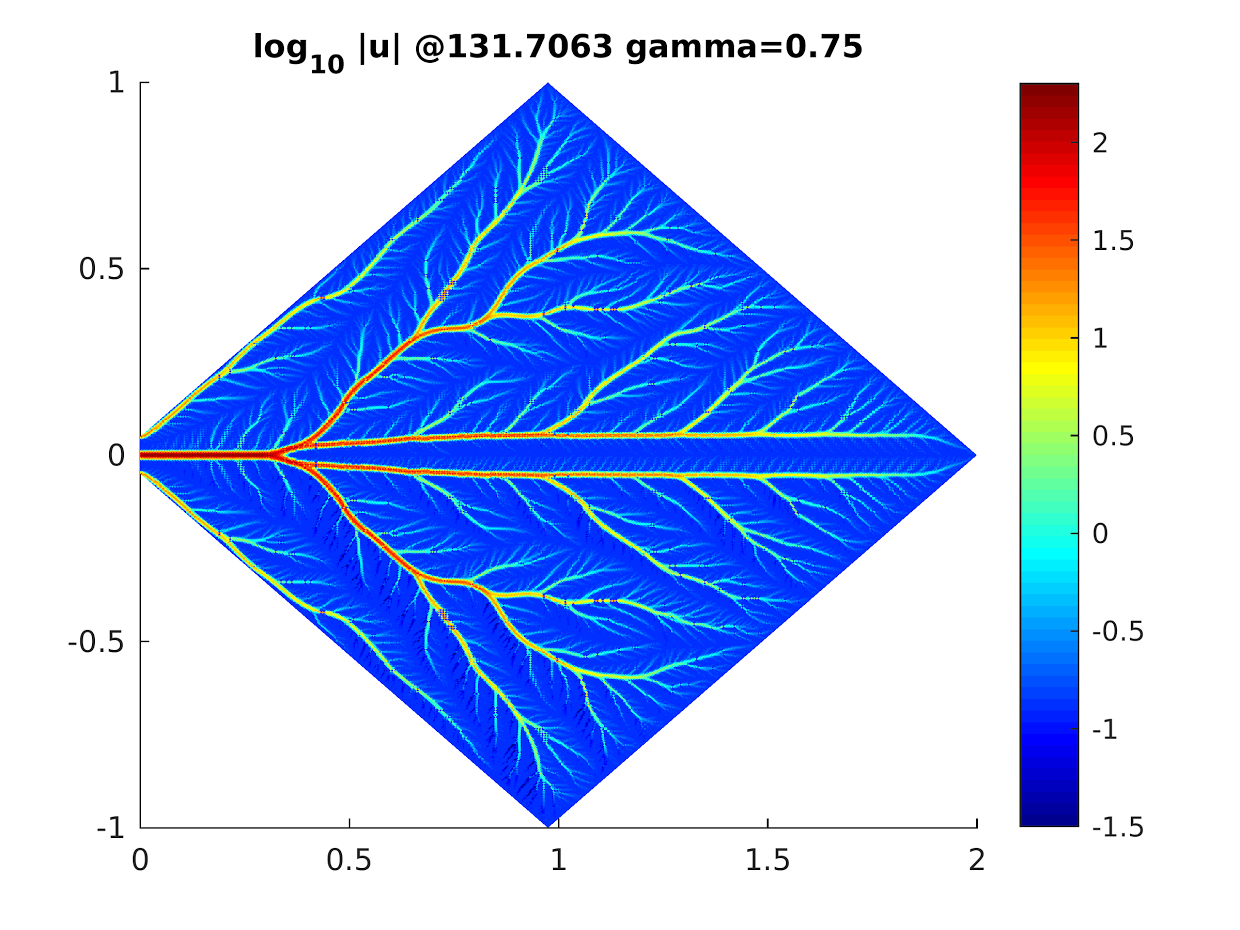Section: New Results
Miscellaneous
Participants : Noémie Boissier, Maria José Cáceres [Universidad de Granada] , Julien Chevallier [Université de Nice] , Géraldine Cellière, Marie Doumic, Dirk Drasdo, Adrian Friebel, Group Heinzle [Univ. Saarbruecken, Germany] , Group Hengstler [IfADo, Germany] , Stefan Hoehme, Tim Johann, Group Klingmueller [German Cancer Center, Heidelberg] , Johannes Neitsch, Benoît Perthame, Patricia Reynaud [Université de Nice] , Group Reo [Inria Paris - Rocquencourt] , Paul Van Liedekerke, Eric Vibert [Hopital Paul Brousse] , Yi Yin, Group Zerial [Max-Planck Inst. for Molecular Genetics, Dresden, Germany] , Groups Iflow, Notox, Vln.
Network formation and neuroscience
Motivated by neurodevelopment and differentiation in developing tissues, a new explanation for sharp boundary formation is analysed in [25] ; interestingly, this phenomenon relies on a limited diffusion of homeoproteins (collaboration with the Mycenae team).
Models for neural networks have been proposed which describe the probability to find a neuron for which a time has elapsed since the last discharge. These are written under the form of a nonlinear age-structured equation where the total network activity modulates the firing rate. An inhomogeneous network of networks with variability on the refractory period is studied in [19] .
We have also continued the analysis and numerical simulation of models for natural transportation networks formation based on an elliptic-parabolic system of partial differential equations. The model describes the pressure field using a Darcy's type equation and the dynamics of the conductance network under pressure force effects. Randomness in the material structure is represented by a linear diffusion term and conductance relaxation by an algebraic decay term [16] . Figure 1 below gives a numerical simulation of a network formed by such a model.
|
Microscopic approach of a time elapsed neural model
The spike trains are the main components of the information processing in the brain. To model spike trains several point processes have been investigated in the literature. More macroscopic approaches have also been studied, using partial differential equation models. With J. Chevallier, M. Cáceres and P. Reynaud-Bouret, we wanted to build a bridge between several point processes models (Poisson, Wold, Hawkes) that have been proved to statistically fit real spike trains data and age-structured partial differential equations as introduced by Pakdaman, Perthame and Salort. To do so, we focused on a seemingly simple one-neuron model, for which we stated the - nonlinear and strongly coupled - PDE model satisfied in average by its point measure when the process model is a Poisson, a Wold or a Hawkes process [10] .
Uncertainty propagation
In [42] , we study two intrusive methods for uncertainty propagation in scalar conservation laws based on their kinetic formulations. The first one is based on expansions on an orthogonal family of polynomials. The second method uses convolutions based on Jackson kernels. We prove that it satisfies BV bounds and converges to the entropy solution but with a spurious damping phenomenon. Therefore we introduce a second method, which is based on projection on layered Maxellians, and which arises as a minimisation of entropy. This new method satisfies the maximum principle by construction as well as partial entropy inequalities and thus provides an alternative to the standard method of moments which, in general, does not satisfy the maximum principle. Simple numerical simulations for the Burgers equation illustrate these theoretical results.
Simulation of tissue mechanics with agent-based models
In ref. [29] we study and discuss in how far mechanical effects of cells in tissue organisation and growth processes can be captured by agent-based models. We consider a wide range of agent-based models, i.e., lattice base models with one lattice site allowing for many cells or one cell at most, many lattice sites occupied by a single cells (so called Cellular Potts model, Lattice Gas Cellular Automaton approaches, center-based models and vertex models, in which the forces between cells are calculated as forces between the cell centers, as well as deformable cell models in which the cell surface is triangulated. We consider growth of monolayers and multicellular spheroids as reference problems. We also compare in this paper spatial resolution, the capability of the different approaches to represent the physics, cell shape, the computational efficiency and code access.
In addition, models evaluating the mechanical effects of growing cell populations in elastic capsules were established and studied.



